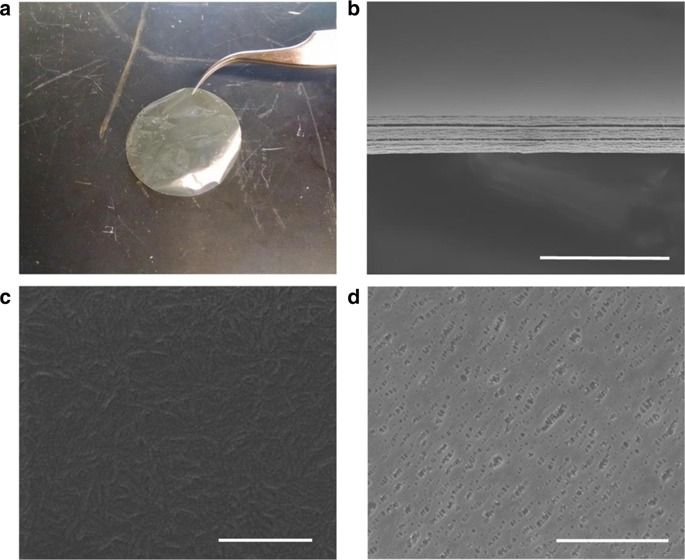A Mongolian couple died from the bubonic plague after eating raw marmot meat, sparking a quarantine that trapped tourists for days, officials said Monday.
According to AFP, the couple died May 1 in a remote area of the country’s Bayan-Ölgii province, which borders China and Russia.
A six-day quarantine of 118 people who had come in contact with the couple, including locals and a number of foreign tourists, had been lifted as of Tuesday, Ariuntuya Ochirpurev, a World Health Organization official, told the BBC.






